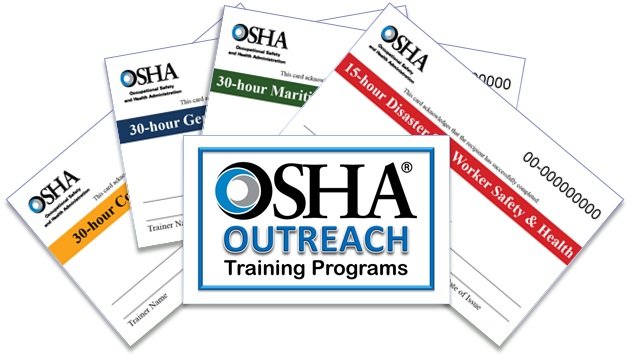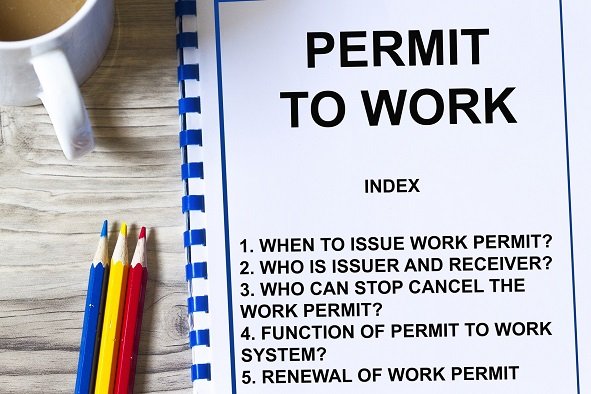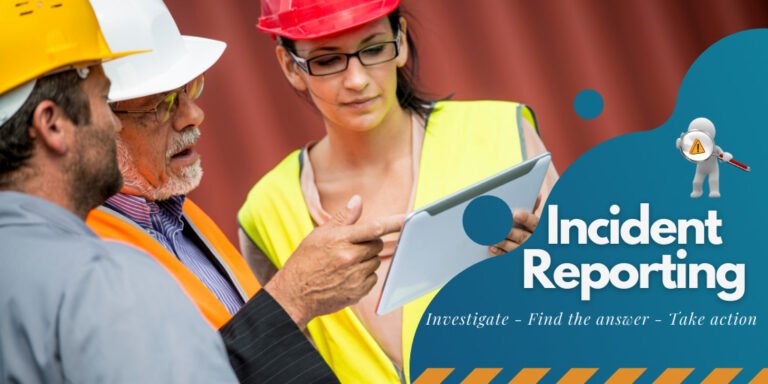30 HOURS OSHA STANDARDS TRAINING
Description
Skill Features
Special Discount for every Country:-
-
Saudi Arabia SAR:600-00
-
Kuwait KD:60-00
-
Oman OR:60-00
-
Qatar QR:600-00
-
U.A.E AED:600-00
-
Pakistan P.RS.:20,000-00
-
Indian Rupees:10,000-00
-
Others USD:200-00
Participant, Discount available for ANY ONE AFTER SCHOOL LEVEL
(With Lunch and 2 Coffee Breaks), Printed Course Material and Certificate.
Live and Virtual (On-line) Training.
Topics of the Training
1904 Recordkeeping
Purpose, exemptions, criteria, general recording criteria, days away from work, restricted work, medical treatment, first aid, forms, privacy protection, covered employees, annual summary, retention and updating, employee involvement, state plans, and fatality/catastrophe reporting.
1910.134 Respiratory Protection
Types of respirators, service life, classes of filters, medical evaluation, fit testing, use, inspection, maintenance, and care.
1910.147 Control of Hazardous Energy (Lockout/Tagout)
The purpose of Lockout/Tagout, general requirements, exemptions, energy control procedures, and periodic inspections.
1910.95 Occupational Noise Exposure
Effects of noise on humans, types and causes of hearing loss, decibels, typical exposures, noise induced hearing loss, noise testing, monitoring, audiometric testing, engineering controls, and types of hearing protection.
OSHA Act and History
Historical perspectives, when OSH Act became law, who is covered, duties, advisory committees, state plans, NIOSH, and what to expect during an OSHA inspection.
Subpart D: Walking and Working Surfaces
Housekeeping, aisles, floor loading, floor and wall openings, open-sided floors, stairways, railings, and ladders.
Subpart E: Means of Egress
NFPA Life Safety code, requirements of exit routes, security door lock system, exit discharge, maintenance, lighting and marking, employee alarm system, Emergency Action Plans, and fire prevention plans.
Subpart H: Hazardous Materials
Compressed gas, safe work practices, flammable and combustible liquids, flash point, ventilation, flammable limits, industrial plants, sources of ignition, and process safety management of highly
hazardous chemicals.
Subpart I: Personal Protective Equipment
Employee owned equipment, design, hazard assessment, types of PPE (including eye, face, head, foot, and hand protection) and training requirements.
Subpart J: Confined Space
Hazards, common confined spaces, how to identify a confined space, dangerous combinations, permit required confined space, hazardous atmosphere, oxygen deficient atmospheres, oxygen enriched atmospheres, flammable hazards, asphyxiants, atmospheric testing, ventilation, respirators, isolation, temperature extremes, and rescue operations.
Subpart L: Fire Protection
Classes and stages of fire; fire brigades; selection, inspection maintenance, and testing of portable fire extinguishers.
Subpart N: Material Handling
Use of mechanical equipment, secure storage, servicing rim wheels, powered industrial trucks, fuel handling and storage, LP cylinder storage, eyewash stations, overhead and gantry cranes, cabs, trolley stops, rail sweeps, guards for moving parts, inspections, limit switches, and slings.
Subpart O: Machine Guarding
Types of guarding, hand tools, types of machines, exposure of blades, non-restart devices, and abrasive wheel machinery.
Subpart Q: Welding, Cutting and Brazing
Combustible materials, guarding, fire extinguishers, fire watch, prohibited areas, ducts, welding or cutting containers, confined spaces, protection of personnel, arc welding rays, protective clothing, lifelines, warning signs, health protection and ventilation, and storage of cylinders.
Subpart S: Electrical
Electrical safety, arcing parts, marking, disconnecting, working space, illumination, guarding, wiring design and protection, conductors, branch circuits, over-current protection, circuit breakers, wiring, enclosures for damp/wet locations, flexible power cords, general requirements, deenergized parts, confined spaces, conductive apparel, and use of equipment.
Subpart Z: Bloodborne Pathogens, Toxicity and Hazard Communications
Types of illness, routes of exposure, types of chemicals, chemical interaction, control methods, occupational exposure, universal precautions, and first aid.
For questions or information about how to schedule an onsite 10 or 30 hour general industry class, please contact us at info@gaca-usa.com. Also note that per OSHA, one session must have at least 3 students per group.





